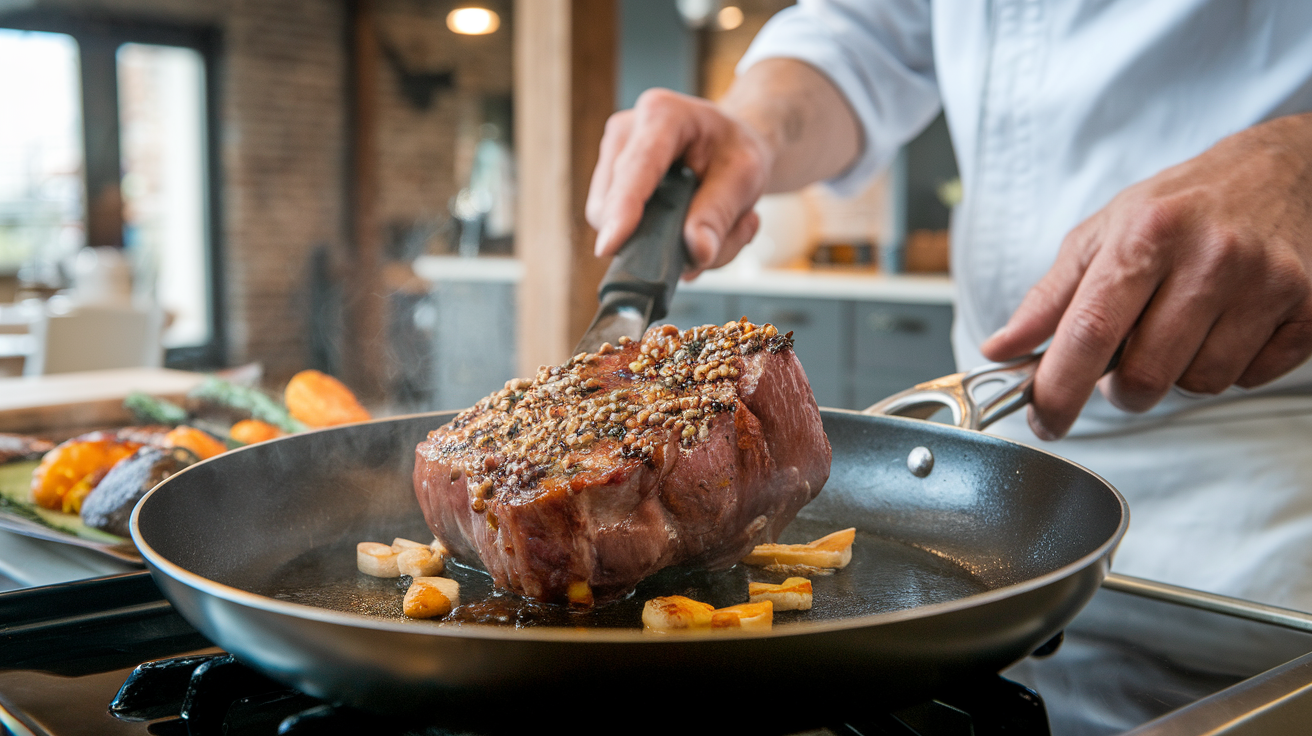Çeciir is a traditional Turkish textile craft that involves intricate weaving techniques, often resulting in highly decorative and visually stunning fabrics. The term itself refers to a specific method of fabric creation that blends both functional and artistic elements. Historically, it was used for a variety of purposes, from clothing to home decor, and each piece produced was a testament to the skill of the artisan.
The most striking feature of Çeciir is the use of vibrant, natural dyes and intricate patterns, often inspired by the flora and fauna of the surrounding environment. The fabrics produced through this craft are known for their durability, softness, and unique aesthetic appeal.

A Brief History of Çeciir
The origins of Çeciir can be traced back to the ancient civilizations of Anatolia. Early records suggest that the craft evolved in tandem with other traditional Turkish weaving techniques, such as the famous Turkish rugs. Initially, Çeciir was practiced by nomadic tribes, who utilized it for practical purposes like clothing and tents. As time progressed, it became more of an art form, with the designs becoming increasingly elaborate.
By the time the Ottoman Empire rose to prominence, Çeciir had become a highly prized craft, and its production was closely associated with the empire’s courtly traditions. The skill of Çeciir weaving was passed down through generations, and today it remains a vital part of Turkey’s cultural legacy.
The Materials Used in Çeciir
Çeciir weavers rely on natural materials to create their fabrics. Silk, cotton, and wool are commonly used, depending on the desired texture and end-use of the fabric. One of the defining characteristics of Çeciir is the use of natural dyes, often derived from plants, fruits, and insects found in the Turkish landscape. These dyes not only give Çeciir fabrics their rich, vibrant colors but also impart a sense of environmental connection and sustainability.
The use of local materials in Çeciir underscores the deep bond between Turkish artisans and their natural surroundings, highlighting the sustainable nature of the craft.
The Technique Behind Çeciir
Creating Çeciir fabrics requires a high level of skill and attention to detail. The process begins with the preparation of the raw materials, which involves spinning the fibers into threads. The threads are then dyed using the traditional natural dyes mentioned earlier. Once the threads are ready, they are woven into intricate patterns, which are often geometric or inspired by nature.
The technique used in Çeciir is highly labor-intensive, with each piece requiring hours, if not days, of careful work. Artisans employ specialized tools, including hand looms, to achieve the desired designs. This makes each piece of Çeciir unique, as no two fabrics are ever identical.
Cultural Significance of Çeciir
Çeciir holds immense cultural value in Turkey. Beyond its utility, it represents a connection to the country’s deep-rooted traditions and history. The designs used in Çeciir often carry symbolic meanings, reflecting aspects of Turkish mythology, religion, and daily life. For example, floral motifs may symbolize fertility, while geometric patterns could represent harmony and balance.
This craft also plays a role in communal life, with families passing down weaving techniques from one generation to the next. As such, Çeciir is not just a craft; it is a living, breathing tradition that continues to thrive within Turkish society.
Where is Çeciir Practiced Today?
Today, Çeciir is practiced throughout Turkey, with certain regions being known for their high-quality craftsmanship. Areas such as Konya, Gaziantep, and Ankara are particularly famous for their Çeciir artisans. These regions often host workshops where visitors can observe the craft in action and even participate in the process.
While traditional methods of Çeciir production continue to thrive, modern-day artisans are also experimenting with contemporary designs, allowing the craft to evolve while maintaining its rich cultural heritage.
Çeciir in Contemporary Fashion
In recent years, Çeciir has found a place in modern fashion. Designers in Turkey and abroad are incorporating Çeciir fabrics into their collections, infusing traditional craftsmanship with modern aesthetics. The bold patterns and vivid colors of Çeciir are highly sought after for both haute couture and ready-to-wear fashion.
This blending of the old and the new demonstrates the versatility of Çeciir and its ability to adapt to changing tastes and trends, ensuring its place in the future of Turkish textile design.
The Economic Impact of Çeciir
Çeciir not only serves as a cultural treasure but also plays an important economic role in Turkey. The production of Çeciir supports local economies, particularly in rural areas where it is still a major craft. Many artisans rely on the sale of their handwoven fabrics to support their livelihoods, and the tourism industry also benefits from the growing interest in traditional Turkish crafts.
Moreover, the international demand for Çeciir products has helped elevate Turkey’s standing in the global textile market, contributing to both national pride and economic growth.
Challenges Facing Çeciir Today
Despite its long history, Çeciir faces challenges in the modern world. The rise of mass-produced textiles and synthetic fabrics has led to a decline in traditional weaving practices. Many younger generations are less inclined to pursue such crafts, which threatens the continuation of the art form.
To combat this, efforts are being made to preserve Çeciir through educational initiatives and government support. However, it remains crucial for younger artisans to embrace this cultural heritage to ensure that Çeciir remains a vital part of Turkey’s artistic landscape.
How to Get Involved with Çeciir
For those interested in learning about Çeciir, there are many opportunities to get involved. In Turkey, various schools and workshops offer classes on traditional weaving techniques. Additionally, online platforms now provide resources for those outside Turkey who wish to learn more about this beautiful craft.
Getting involved with Çeciir not only allows individuals to gain valuable skills but also helps to preserve a key element of Turkish cultural heritage.
Famous Çeciir Artisans
Throughout history, many skilled artisans have made significant contributions to the world of Çeciir. Some of the most famous artisans have helped to preserve the craft through their teaching and innovative designs. These figures often become symbols of the art form, inspiring future generations of weavers.
Their work continues to be showcased in galleries and museums around the world, further cementing Çeciir’s place in the global artistic community.
The Role of Çeciir in Turkish Festivals
Çeciir is often showcased in Turkish festivals, where artisans demonstrate their skills and offer their wares to the public. Events like the International Turkish Arts and Culture Festival feature live weaving demonstrations, allowing visitors to experience the craft firsthand. These festivals not only celebrate the art but also raise awareness of its cultural significance.
Çeciir vs. Other Turkish Crafts
While Çeciir shares similarities with other traditional Turkish crafts, such as Kilim and Tapestry, it stands out due to its focus on weaving techniques and its emphasis on textile artistry. Each craft has its unique qualities, but Çeciir’s delicate patterns and the skill required to produce them set it apart from other forms of traditional Turkish art.
Conclusion: The Legacy of Çeciir
Çeciir is more than just a craft; it is a testament to the enduring creativity and skill of Turkish artisans. The artistry behind this unique form of textile weaving reflects the rich cultural history of Turkey and serves as a bridge between the past and present. As efforts to preserve and promote Çeciir continue, the craft is poised to remain an integral part of Turkey’s cultural and artistic identity.

